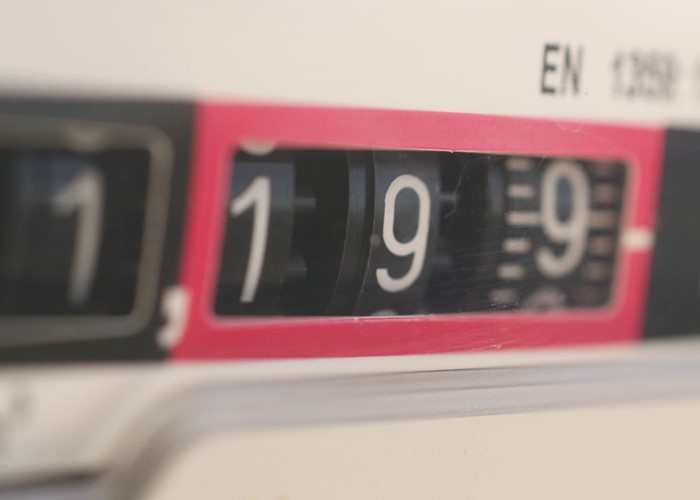Watchdog: Big Six energy customers who don't switch pay hundreds more

The latest update from the competition watchdog's inquiry into the energy company highlights again the cost of not switching energy supplier.
People who stick with one of the so-called Big Six energy companies are paying hundreds of pounds more than those who switch, concludes the latest update from an inquiry into the competitiveness of the energy market.
The Competition and Markets Authority (CMA) has been investigating the energy market since July 2014 following a referral from the energy regulator Ofgem.
Ofgem had concerns about the widespread public distrust of the Big Six suppliers, their soaring profits, and charging customers that don’t switch more than people that do.
Missing out on savings
The CMA found that between the 2012 and 2014 over 95% of the dual fuel customers of the six biggest energy firms could have saved by switching tariff and/or supplier.
The average saving available was found to be between £158 and £234 a year per customer depending on supplier.
And for those just switching to a cheaper version of the same tariff the average saving was calculated as between £111 and £153 a year.
This highlights yet again the potential savings to be made from switching supplier or even just the tariff you are on.
[Related story: Millions of households 'missing out on £200 of energy savings']
Poor customer service
The CMA also highlighted evidence of poor customer service in its initial findings.
It found the number of complaints received by the largest energy firms had increased fivefold between 2007 and 2013.
Problems largely related to billing, customer services and payment issues.
The CMA said it realised that “the increasing number of complaints may reflect declining quality of service, price rises, changes in reporting standards, increasing media scrutiny or a combination of these factors.”
[Related story: Fuel and food drops push annual inflation to all-time low in January]
Inactive customers
The inquiry update also highlighted the inactivity of customers following the liberalisation of the energy market.
The report stated around 40% of Centrica’s current domestic gas customers have been served by British Gas (prior to Centrica's takeover) or Centrica for 10 years or more.
When it comes to electricity supply 40-50% of domestic customers have been with their supplier for 10 years or more, with exception of one supplier where the proportion is between 60-70%.
The CMA found between 50% and 90% of customers of the biggest energy companies were currently on Standard Variable tariffs which tend to be poor value compared to other deals.
In a survey the CMA found half of respondents had never switched and a third had never considered switching or thought it was impossible. Those aged 65 and over, in social accommodation, with no qualifications and on lower incomes were more likely to be in the latter category.
The CMA says it will investigate further to understand what sorts of customers do not switch and look more closely at the barriers to switching, including regulation.
[Related story: Five million households shocked by amount they really spend on bills]
Profits and power generation
So far the CMA has not formed a view on the profits of the big suppliers. The report stated: "we are continuing to look at whether overall profit in energy retail has exceeded an appropriate benchmark".
But the CMA has more fully formed views on electricity generation.
It says evidence so far does not suggest firms have been making excessive profits from generating electricity.
The CMA also says that the evidence it has reviewed does not indicate that wholesale prices are opaque or that the market lacks liquidity.
The report stated: “Our initial view is that the profitability analysis does not provide evidence that overall, the Six Large Energy Firms have earned excessive profits from their generation business over the period or that wholesale market prices have been above the competitive level.”
The CMA also sees no significant issues with the big energy firms owning both power generation and supply arms. This may save the Big Six firms from being broken up into their constitutent parts when the inquiry concludes later this year.
Compare gas and electricity suppliers and see if you can save
Comments
Be the first to comment
Do you want to comment on this article? You need to be signed in for this feature